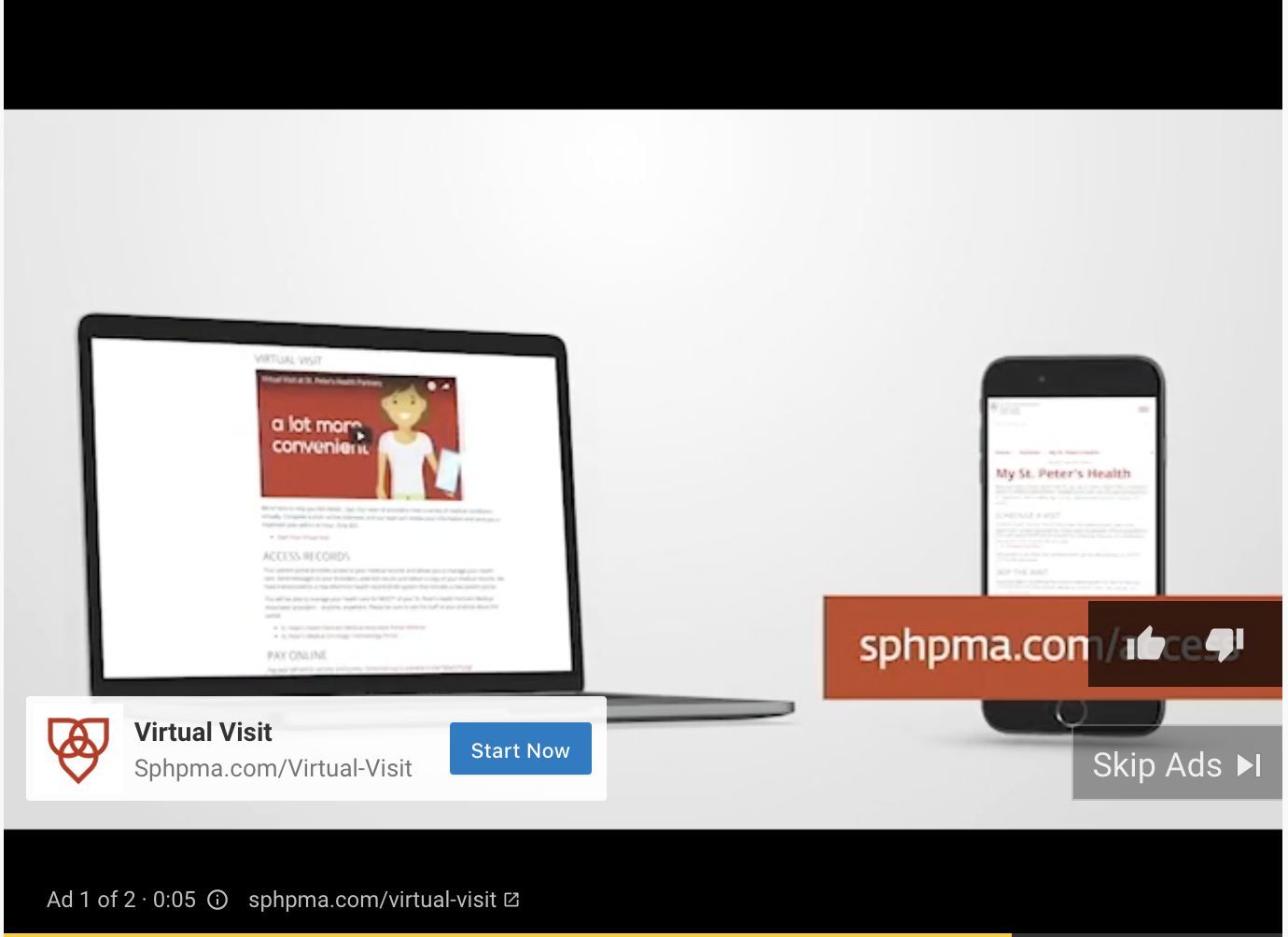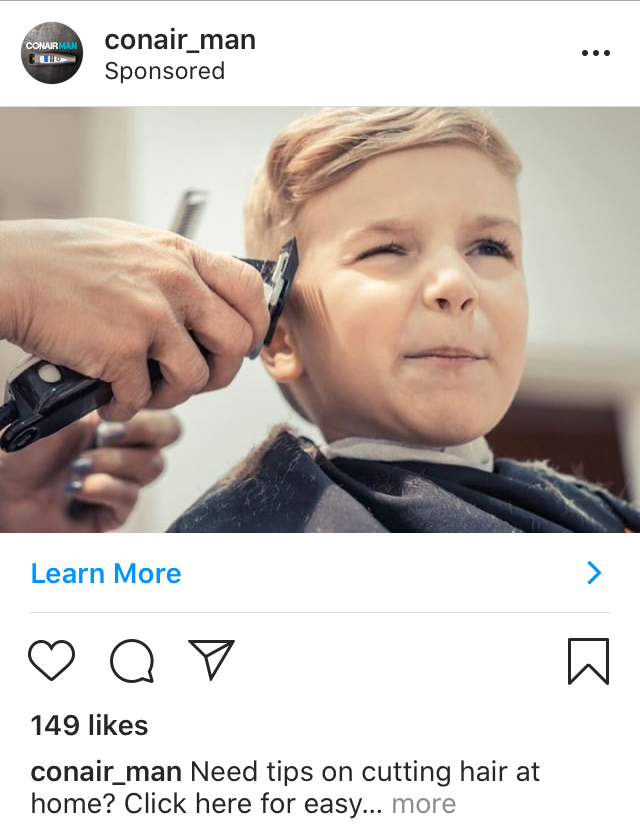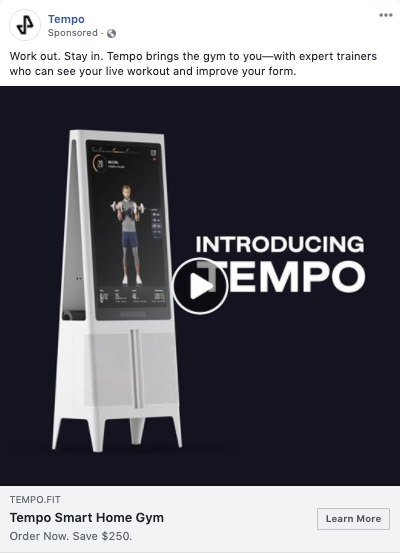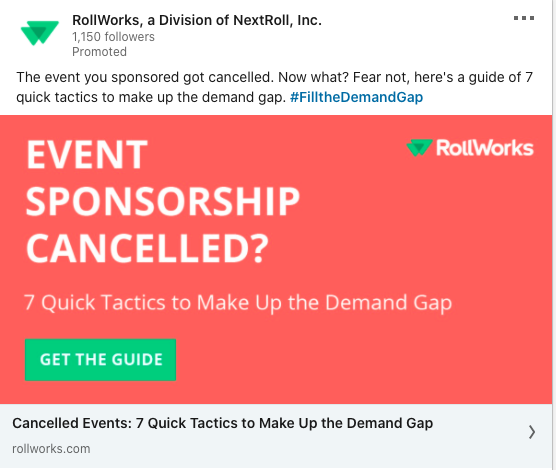The current world situation has caused an upheaval of life as we know it, while at the same time creating a groundbreaking shift in the business world as we know it.
Depending on the industries you market, you may be seeing either unprecedented drops in sales or increased levels of interest.
Whatever industry you’re in, you should not simply keep running the same ads you’ve always run online.
Take some time to think through how your ad messaging, the products you’re promoting, and your targeting relates to the mindset of your audience in the present moment.
In this article, I’ll provide several ideas for adapting your PPC strategy in these changing times.
1. Find New Audience Opportunities
Due to travel guidelines, social distancing, and the shutdowns of non-essential industries, many businesses are seeing a decreased or flatlined response from their normal buying audiences.
However, there may be opportunities to reposition your company or even offer new products relevant to the current time.
If you’re involved in event promotion, you could shift to helping people promote digital events.
If you sell clothing, you should turn off ads for “business professional” dress and promote clothes that people can be comfortable in at home.
A client I work with who provides software for board meetings took the opportunity to reposition their product for remote meetings.
Since many companies suddenly have been forced to work remotely, scrambling to find the tools to do so properly, this approach allowed for timely marketing to attract new business while people were searching.
2. Not Every Ad Needs to Be About Making Money
In their ROI-focused minds, marketing teams can have a difficult time shifting to running ads that aren’t directly driving sales or leads.
However, when people are facing uncertainty, many individuals just aren’t in a mood for buying right away for some industries.
You can still talk about topics that make sense for your brand while not blatantly pushing a product.

For instance, this Nikon ad asks people to share photos that are helping them relax.
While not directly promoting cameras, the ad encourages people to engage with photography while in turn lightly acknowledging that people need a distraction from the current situation.
You could also find opportunities to partner with charities and local organizations that are helping those in need at this time.
Use your ad budget to promote an organization doing good, while saving sales-focused messaging for a later time.
3. Consider New Channels
If you’ve primarily focused on search in the past, now is the perfect time to consider testing social channels.
Advertising costs are down and competition is lower because many major brands have pulled out of advertising.
According to data from Tinuiti, Facebook CPMs at the end of Q1 were down 50% versus last year, and impressions have more than doubled.
While people may not be in an instant buying mindset, depending on what you’re offering, you can test promoting higher funnel content in a time when CPCs/CPMs are likely to be cheaper.
Even if your audience isn’t interested in making purchases right away, you can send them to your site and add them to retargeting audiences to reach later.
In addition, video view retargeting on Facebook and Instagram allows you to capture interest from people who may not have visited your site but took the time to watch through a video.
This is another excellent way to capitalize on individuals who are spending more time on social media while they’re stuck at home.
4. Avoid Newsjacking
At the same time as having new approaches to test, you should be careful to keep in mind messaging points and tactics that aren’t necessarily the best at this time.
First of all, how many emails and ads have you seen talking vaguely about how a brand cares about you “in these uncertain times”?
Tired of that messaging weeks ago, and I’m sure you did, too.

The ad above is frankly tone-deaf toward the stress the average person is dealing with during a sudden adjustment to sheltering at home.
The last thing we need right now is messaging telling us to “hustle” when we’re all simply doing our best to keep up.
You shouldn’t newsjack the COVID-19 pandemic just for the sake of mentioning it.
If you plan to reference the upheaval of our current time, make sure you’re providing a tangible benefit your brand can provide, in a tasteful way.

For instance, the YouTube ad above for a hospital is promoting virtual visit options.
As people may be nervous about going to the hospital in person during this time, virtual visits offer a more comfortable approach.

This ad for SimpliSafe specifies that no installers need to come to your home to set up the equipment.
The ability to maintain distancing from other people is a selling point under COVID-19 restrictions.

This ad from Conair addresses the fact that so many people are stuck at home with hairdressers and barbershops closed.
Providing tips on cutting hair from home speaks to a timely situation, allowing for the promotion of their hair cutting products as well.

This next ad from Tempo addresses individuals who may want to work out but can’t go to the gym.
Acknowledging the fact they’re staying home adds relevance to the sales pitch.

This ad from RollWorks speaks to a challenge many B2B companies are seeing.
Many businesses rely on tradeshows to generate sales, and with in-person events canceled, they’re looking for other ways to fill the funnel.
Conclusion
In light of these points, step back and ask some questions about your brand’s PPC efforts.
- Are there audience adjustments you should be making to reach people in light of the current situation?
- Does your current channel mix make sense?
- Are there top-of-funnel promotions you could be running to take advantage of low-cost social ad traffic?
- Does your messaging come across as tone-deaf?
- If you’re alluding to the pandemic and its effects, does the mention make sense for your brand or the audience, or is it simply newsjacking?
- Are there benefits your product or service can provide specific to the situation people are facing (such as helping them adapt to being at home long-term)?
Take your answers and apply them to your messaging, your creative, and what you choose to promote.
Your audience will respect the difference between insensitive business-as-always mentalities and a brand that takes the time to relate to the situation people are going through.
More Resources:
- 5 Tips for Managing PPC During the Coronavirus Outbreak
- Why It’s Time to Plan Your Digital COVID-19 Recovery & 3 Ways to Do It
- When Clients Pause PPC: 5 Survival Tips for Marketers
Image Credits
Featured Image: Canva
All screenshots taken by author, April 2020





